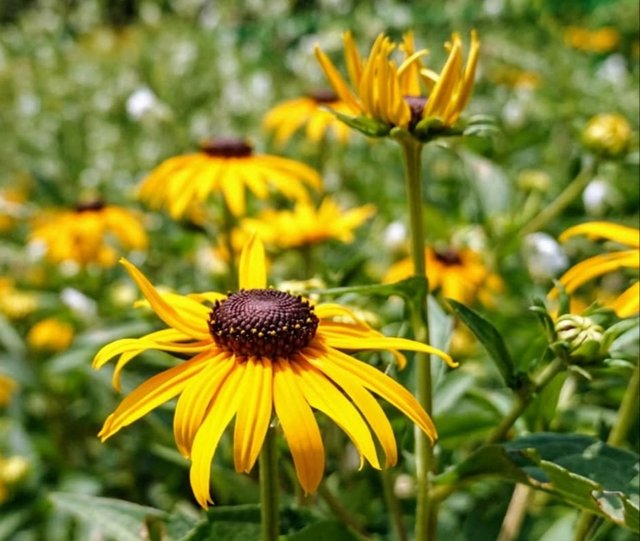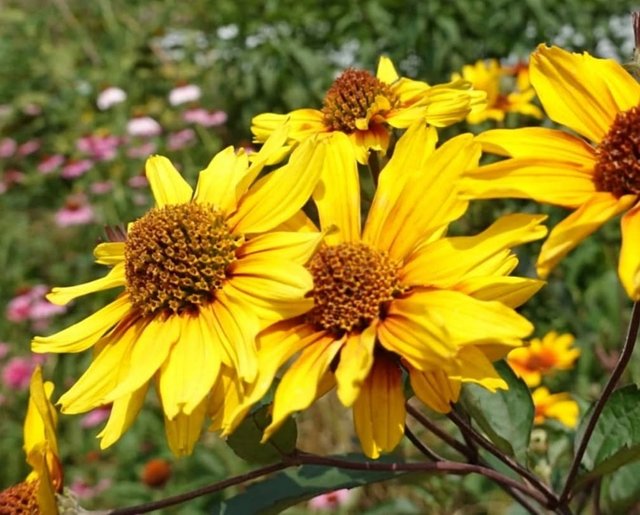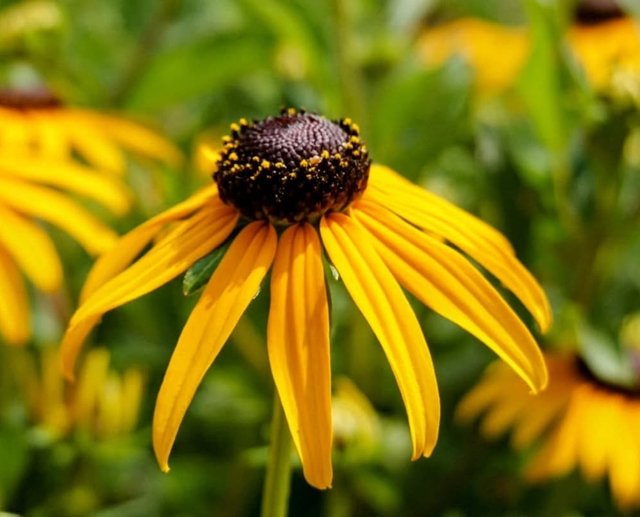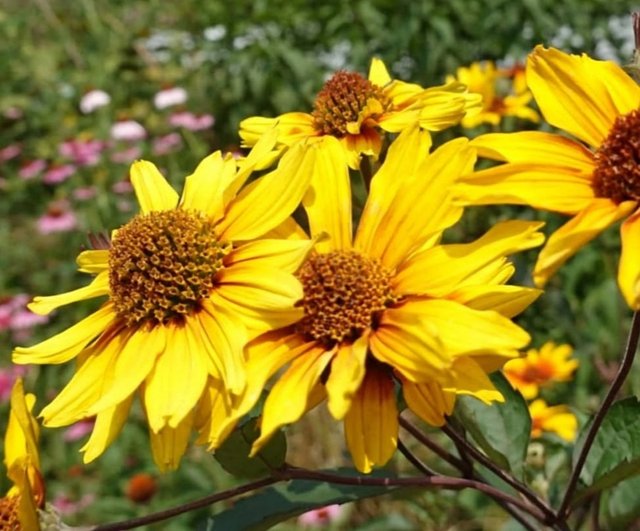Black-Eyed Susan So Amazing
Black-eyed Susan: A Bright Beacon of the American Landscape
The Black-eyed Susan is more than just a pretty face among wildflowers—it is a beloved symbol of American prairies, meadows, and gardens, known for its vibrant yellow petals and dark, dome-shaped centers. With its resilience, striking beauty, and ecological importance, this flower has earned a special place in native plant lore, pollinator conservation efforts, and ornamental horticulture.
Botanical Classification and Origins
Scientific Name: Rudbeckia hirta
Family: Asteraceae
Common Names: Black-eyed Susan, Gloriosa Daisy, Yellow Daisy
Native Range: Eastern and central North America
Named in honor of Olof Rudbeck, a Swedish botanist and mentor to Carl Linnaeus, the Black-eyed Susan has long been appreciated for both its beauty and scientific relevance. "Hirta" refers to the plant's hairy stems and leaves, a feature that helps protect it from herbivores and harsh conditions.
Physical Description
Black-eyed Susans are characterized by their daisy-like blooms with golden-yellow petals that surround a central dark brown to black disc—the “eye.” The flower heads typically measure 2–4 inches across and sit atop sturdy, hairy stems that can reach anywhere from 1 to 3 feet in height.
The leaves are rough-textured, lance-shaped, and alternate along the stems. These herbaceous plants can be annuals, biennials, or short-lived perennials, depending on the climate and growing conditions.
Habitat and Growth
Black-eyed Susans are incredibly adaptable and flourish in a variety of environments. Their native habitats include open woods, prairies, roadsides, and fields. They prefer full sun and well-drained soils but can tolerate drought, poor soils, and even moderate shade, making them a favorite among both wildland restorationists and home gardeners.
They bloom from early summer through fall, providing a long-lasting splash of color. These flowers often grow in clusters, creating waves of yellow across open landscapes.




%20(7).jpeg)